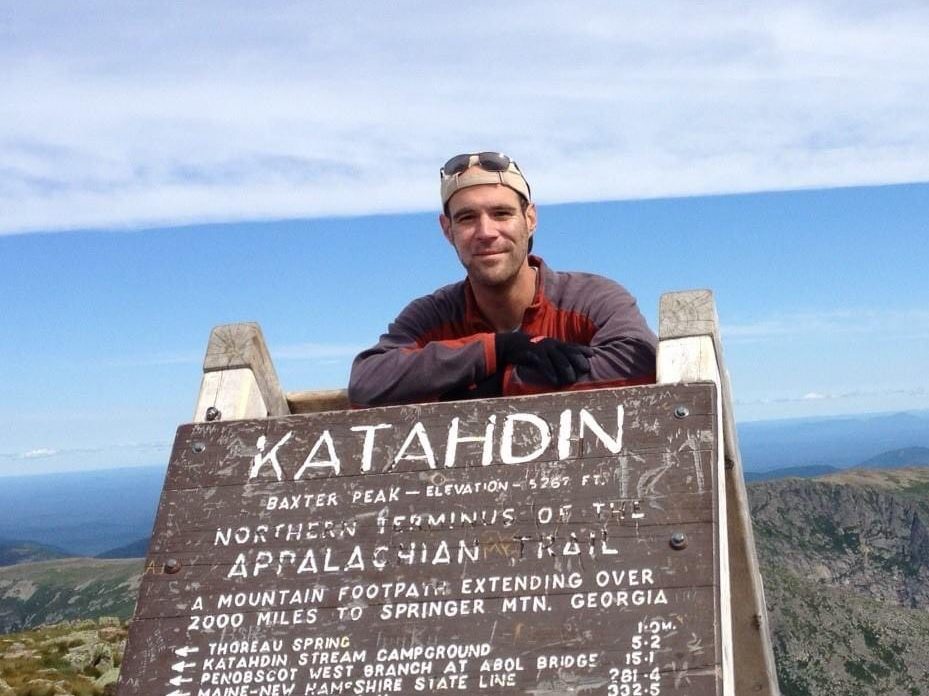
Featured Ecologist: Jonathan Appelbaum, MESM
July 27, 2021
Environmental Justice in the Biden Administration
August 19, 2021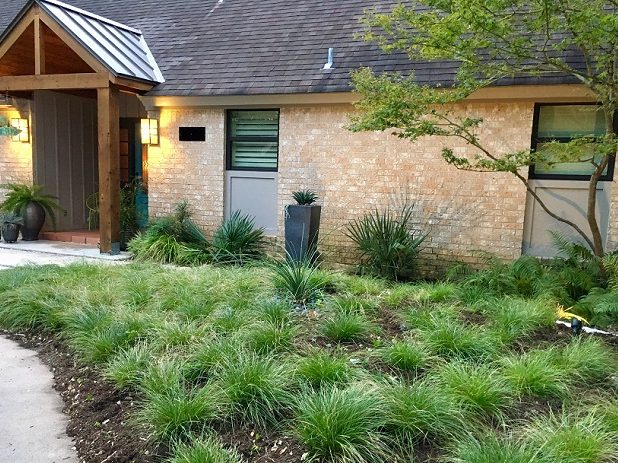
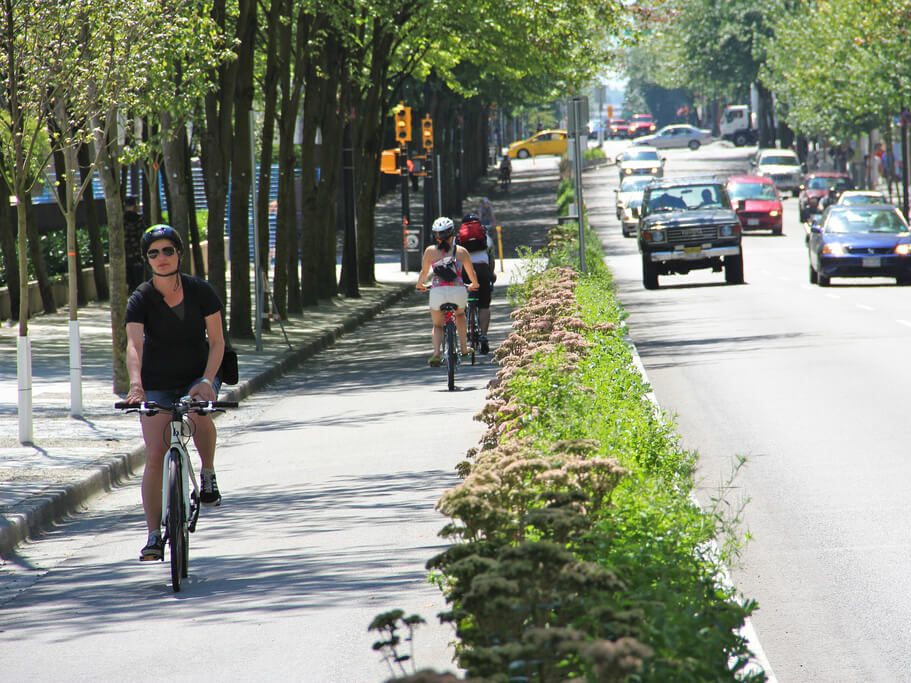
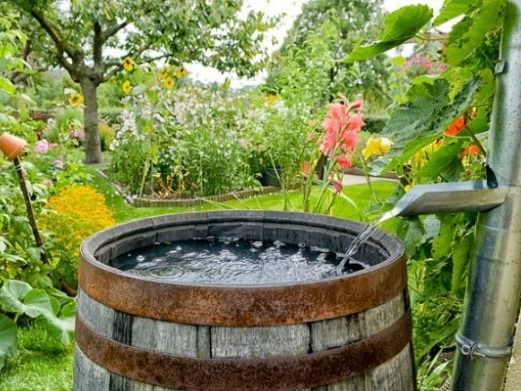
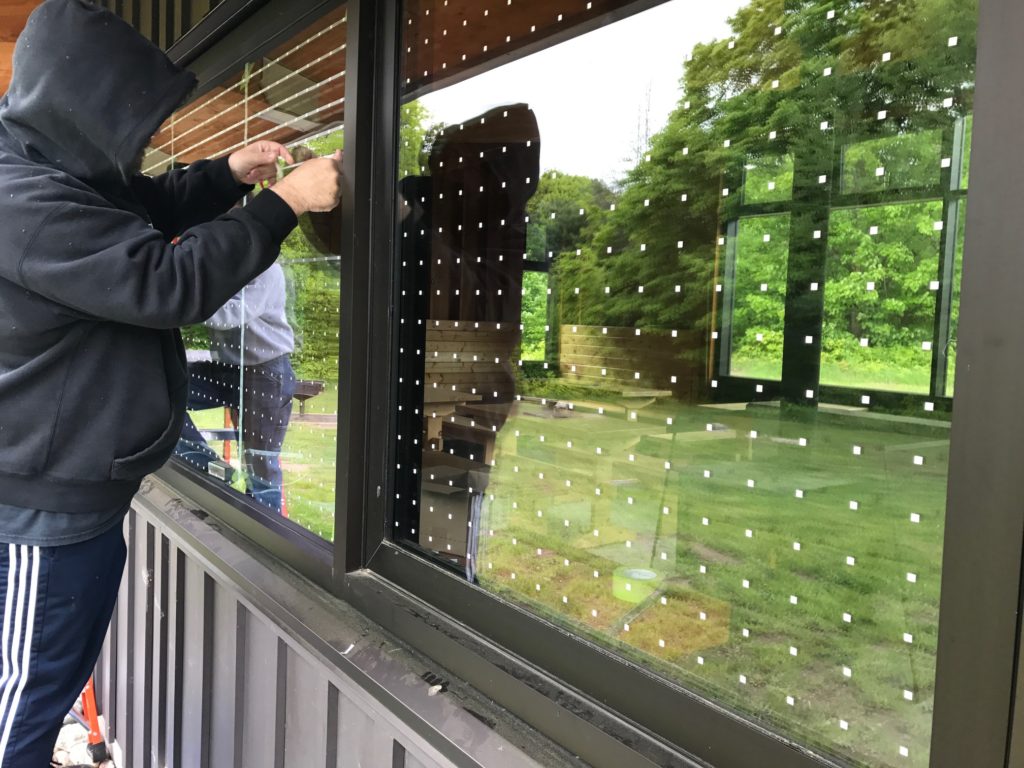
7 Ways to Conserve Biodiversity in Your Neighborhood
Author: Jonathan Appelbaum
Let’s go with seven. Why seven? Why not? People seem to like the number seven, so who are we to disagree? Without further ado, here’s your seven ideas to protect, conserve, and enhance biodiversity and environmental quality in your neighborhood:
1) Plant native! - Okay, let’s start with what yours truly really knows the best. Pick out a few native plants and plant them in your garden. You’ll attract native pollinators, lower your maintenance requirements, and reduce your irrigation bill. If you couple this with losing some kind of boring lawn, you are really cooking with gas! Lawns may look green, but they are an expensive, barren desert to wildlife. Everyone wins when the grass goes away and native species abound. Want a compromise? There are native grass alternatives like sedges that look fancy and well kept, but take less maintenance, less water, and provide better habitat for wildlife than your average grass lawn.
2) Keep your cats (and dogs) inside! – Domestic pets really don’t play nice with wild animals. The body count of birds killed by house cats in in the billions (that’s 9 zeroes). Man’s best friend aren’t that much better. Dogs that run off leash can disrupt bird nesting, spread diseases, and generally wreak havoc on the wildlife that live outside. Also, clean up Rover’s doo doo! It contaminates our creeks and bays and passes parasites to wild animals and other people’s pets!
3) Ride a bike or take the bus once in a while! - This is good in so many ways. If you ride a bike or take a walk, you get some exercise before you sit at a desk and stare at a screen for 8 hours. Take transit and you let someone else do the work altogether! That’s less cars on the road, less C02 and ozone in the air. If everybody did that once a week, all of the sudden we’d reduce traffic by 20%. That would mean fewer traffic jams, cleaner air, and less flattened possums in the middle of the road.
4) Lights out! – A lot of people know that newly hatched sea turtles get confused when people’s porch lights shine brighter than the moonlight that they are instinctively supposed to follow to the safety of the ocean and end up getting run over on roads and highways along the coast. As tragic as that is, the effects of artificial light are even more extensive. Fatal nighttime bird collisions with illuminated buildings, structures, and vehicles happen in all kinds of ecosystems, many of which could be avoided by properly adjusting lights to reduce light pollution. Lights also affect migration and mating patterns. Maybe we don’t need to be so illuminated after all?
5) "Slo-Down!" – Slow Food is a thing. It means practicing and supporting less toxic, organic farming methods like integrated pest management and planting cover crops to restore soil health. This reduces the need for pesticides and fertilizers. Generally good practices to protect beneficial insects like pollinators and reduces contamination of runoff that hurts aquatic organisms in our creeks, rivers, and oceans.
6) Water harvesting! – The southwestern U.S. is a desert. Other parts of the U.S. are more humid. It doesn’t matter. Water that runs off of developed areas carries contamination into the surrounding environment. Contaminants, even those as mundane as soil or sediment can be harmful to aquatic wildlife like fish, amphibians, and reptiles. Enough soil erosion and deposition into the neighborhood creek can suffocate juvenile fish, frogs, newts, and salamanders. Plumb your gutters. Install rain barrels. Plant a rain garden. By slowing, sinking, and spreading the runoff waters that fall on your property, you can prevent them from carrying deadly contaminants into our creeks and rivers and save a baby fish, frog, or other wild water creature.
7) Recreate responsibility! – Humans love the outdoors. Wildlife need the outdoors. Please recreate responsibly. This starts with the concept of Leave no Trace. Really, no one wants to see your empty water bottle or food wrapper on the trail to begin with. Even worse, nobody wants to see a poor wild animal that mistook it for food and suffocated on it. Put out your campfires and prevent the next devastating wildfire. And watch where you’re going! Riding off trial, night riding, and being an overly entitled jackass is generally rude and harmful and causes tragic roadkill of wild animals that were just minding their own business. We all share this planet, stop acting like you own it.
Honorable Mention) Balloons are full of hot air! Stop buying mylar balloons! - When the winds are blowing, these awful things float for miles and miles ending up in the forests, deserts, and oceans. Deflated and floating in the ocean they look like sea turtle’s favorite food, jelly fish. As you can imagine, this ends badly for the sea turtle! Hung up in a power line, mylar balloons can start devastating wildfires. Please stop buying these lousy things and ask your family and friends to stop releasing these dangerous things into our environment once and for all!
Bonus) Watch your windows! Window strikes kill millions of birds in the U.S. every year! There are measures you can take like applying stickers, ribbons, or ultraviolet decals on your windows to signal birds that they don’t have a clear flight path through your living room! It might take a little getting used to, but at least you won’t feel guilty when you find a bird dead on the ground that should be singing from the treetops if you’d only given them a little sign!
